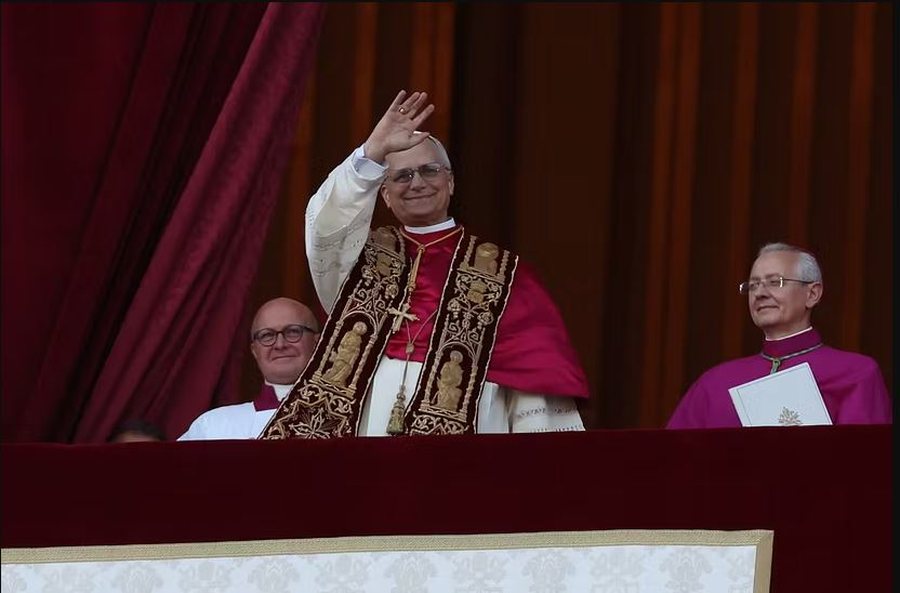
With his first appearance from St. Peter's Loggia, Pope Leo XIV brought back the mozzetta, the short red cape with buttons that covers the white vestment, which had been missing from the Vatican balcony since 2013. At the time, Pope Francis had chosen to appear in a simple white vestment, without decorations or liturgical symbols, the first in recent history to do so. The image chosen by Leo XIV was noticeably different: in addition to the mozzetta, he also wore a red shawl, decorated with crosses and gold embroidery. Two elements that evoke the pre-Bergoglio papal liturgy and recall the last "decorated" pontificate, that of Benedict XVI.
In 2013, Jorge Mario Bergoglio had motivated the abandonment of the decorations with the aim of underlining the essence of the evangelical message, reiterating that the dignity of the Pope lay more in spiritual guidance than in external symbols. Therefore, the decision of Leo XIV seems like a clear and immediate break with this approach. The chosen image recalls the solemnity of previous pontificates and is part of a reassessment of the traditional liturgy.
Experts in ecclesiastical symbolism emphasize how every detail of the papal vestments conveys a precise message. The “mozzetta” is traditionally a symbol of continuity with the Church of past centuries, while the shawl represents the priestly authority of the Pope. In the visual comparison between the two moments; Francis in 2013 and Leo XIV today, a well-defined stylistic and theological distance emerges. If for Francis the influence had to be measured, for Leo XIV the return to symbols wants to secure a part of the Catholic supporters more connected to the classical liturgy.
The papal shawl is one of the most important liturgical vestments in the Catholic tradition. It is a long strip of fabric, generally decorated and embroidered, which is worn during liturgical celebrations. Its origins date back to antiquity, evolving from a simple ornament to a symbol of authority and service. (A2 Televizion)











